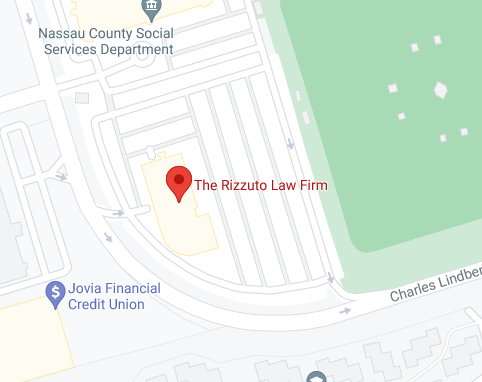Distracted driving is one of the leading causes of car accidents in New York, creating legal and financial headaches for those involved. Common distractions can come in the form of texting, eating, adjusting the radio, or talking to passengers, and when a driver diverts their attention from the road, the risk of a crash skyrockets. The consequences go beyond just immediate injuries; they also play a significant role in determining liability, insurance settlements, and potential lawsuits.
Understanding Distracted Driving and Its Consequences
In a city where traffic congestion is already a daily struggle, distractions can turn an ordinary commute into a life-altering event. Victims of distracted driving accidents often face complicated legal battles when trying to prove fault and seek compensation. Insurance companies scrutinize these cases closely, making it essential for victims to understand how distracted driving impacts their claims.
How New York Laws Address Distracted Driving
New York has some of the strictest laws in the country when it comes to distracted driving. State law prohibits all drivers from using handheld electronic devices while operating a vehicle. Using these devices includes talking on the phone, texting, browsing the internet, or even holding a phone in hand. Violators face fines, points on their licenses, and increased insurance rates.
For drivers involved in car accidents, a citation for distracted driving can serve as strong evidence of negligence. Since New York follows a comparative negligence system, even if the distracted driver is not 100% at fault, their actions can significantly impact how damages are awarded, which means if an at-fault driver is proven to have been distracted, they may be responsible for a larger share of the compensation owed to the injured party.
The Role of Evidence in Distracted Driving Claims
Proving distracted driving is not always straightforward, but strong evidence can make a claim much more compelling. One of the most critical pieces of evidence in these cases is cell phone records. If a driver was texting or calling at the time of the crash, these records could confirm it. Police reports also play a key role, as officers may note signs of distraction, such as a driver admitting to using their phone or eyewitnesses reporting erratic behavior.
Traffic camera footage, surveillance videos, and even dashcam recordings can provide clear proof of a driver taking their eyes off the road. Witness statements can further strengthen a claim by confirming suspicious behavior before the accident occurred. Additionally, accident reconstruction experts can analyze the scene to determine whether the driver’s actions align with typical distracted driving behaviors.
Insurance Challenges in Distracted Driving Cases
Filing an insurance claim after an accident caused by a distracted driver is not always a simple process. Since New York is a no-fault state, injured parties typically turn to their own personal injury protection (PIP) coverage first. However, if injuries exceed the no-fault threshold, victims may pursue claims against the at-fault driver.
Insurance companies often push back against these claims, especially if there is no direct evidence of distraction. Adjusters may argue that other factors contributed to the crash or downplay the severity of injuries to limit payouts, which is why victims must gather as much evidence as possible and work with an experienced attorney to ensure they receive fair compensation.
Comparative Negligence and Its Effect on Compensation
New York follows a pure comparative negligence rule, meaning an injured party can recover damages even if they were partially at fault. However, their compensation will be reduced by their percentage of fault. If a distracted driver caused an accident but the victim was also speeding or engaged in another risky behavior, the final settlement may be adjusted accordingly.
For example, if a court determines that a victim was 20% responsible for an accident while the distracted driver was 80% at fault, the victim’s compensation will be reduced by 20%. This legal framework can significantly impact the amount a person receives, making it critical to build a strong case that minimizes any assigned fault.
How Victims Can Strengthen Their Cases
To maximize compensation after a distracted driving accident, victims should take immediate action. Seeking medical attention right away not only ensures proper care but also creates a record of injuries linked to the crash. Documenting the accident scene by taking photos, gathering witness statements, and obtaining a copy of the police report can provide essential evidence.
Working with a personal injury attorney who understands distracted driving cases in New York can make a substantial difference. Legal professionals know how to subpoena phone records, negotiate with insurance companies, and present compelling arguments in court. They also help ensure that victims do not settle for less than they deserve, especially when dealing with insurers looking to minimize payouts.
Seek Legal Guidance For Your Distracted Driving Accident Claim
Distracted driving is not just a bad habit; it is a dangerous act that leads to countless accidents every year. In New York, where traffic laws are strict and insurance rules are complex, proving that another driver’s distraction caused an accident requires solid evidence and a thorough understanding of the legal system.
Victims who take proactive steps, such as gathering evidence, understanding their rights, and seeking professional legal help, have a much better chance of securing fair compensation. While the legal process can be challenging, holding distracted drivers accountable not only helps individual victims recover but also reinforces the importance of safer driving habits for everyone on the road. Call Rizzuto Injury Firm today at 516-604-5496 to schedule a consultation with our team.









